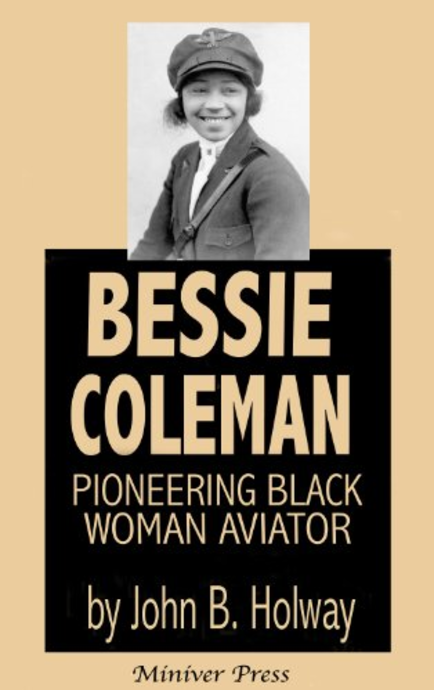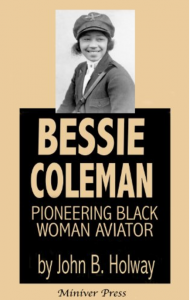“Token” Black Actors of the 90’s
Posted on April 4, 2018 at 7:32 am
On The Undefeated: Interviews with Black Actors who played “token” characters on television in the 1990’s, from “Seinfeld” to “Dawson’s Creek.” Important, moving, and infuriating.
n the 1990s, the wealth of black representation on television could lull you into thinking (if you turned the channel from Rodney King taking more than 50 blows from Los Angeles Police Department batons) that black lives actually did matter. But almost all of these shows were, in varying ways, an extension of segregated America. It’s there in the memories of the stars below: There were “black shows” and there were “white shows.” If you were a black actor appearing on a white show, you were usually alone.
For some of the most visible black actors coming of age in the 1990s, it’s clear that along with the triumphs came isolation, blatant racial stereotyping and biased casting calls. As for “crossing over” to the mainstream, in the mostly segregated worlds of Seinfeld, Frasier, Melrose Place, Saved by the Bell: The New Class, Felicity, V.I.P., Buffy the Vampire Slayer, Dawson’s Creek and more, blacks were usually relegated to bit parts or were there for a short time. The Undefeated sat down with eight of these talented women and men. These are their stories. This is history.


